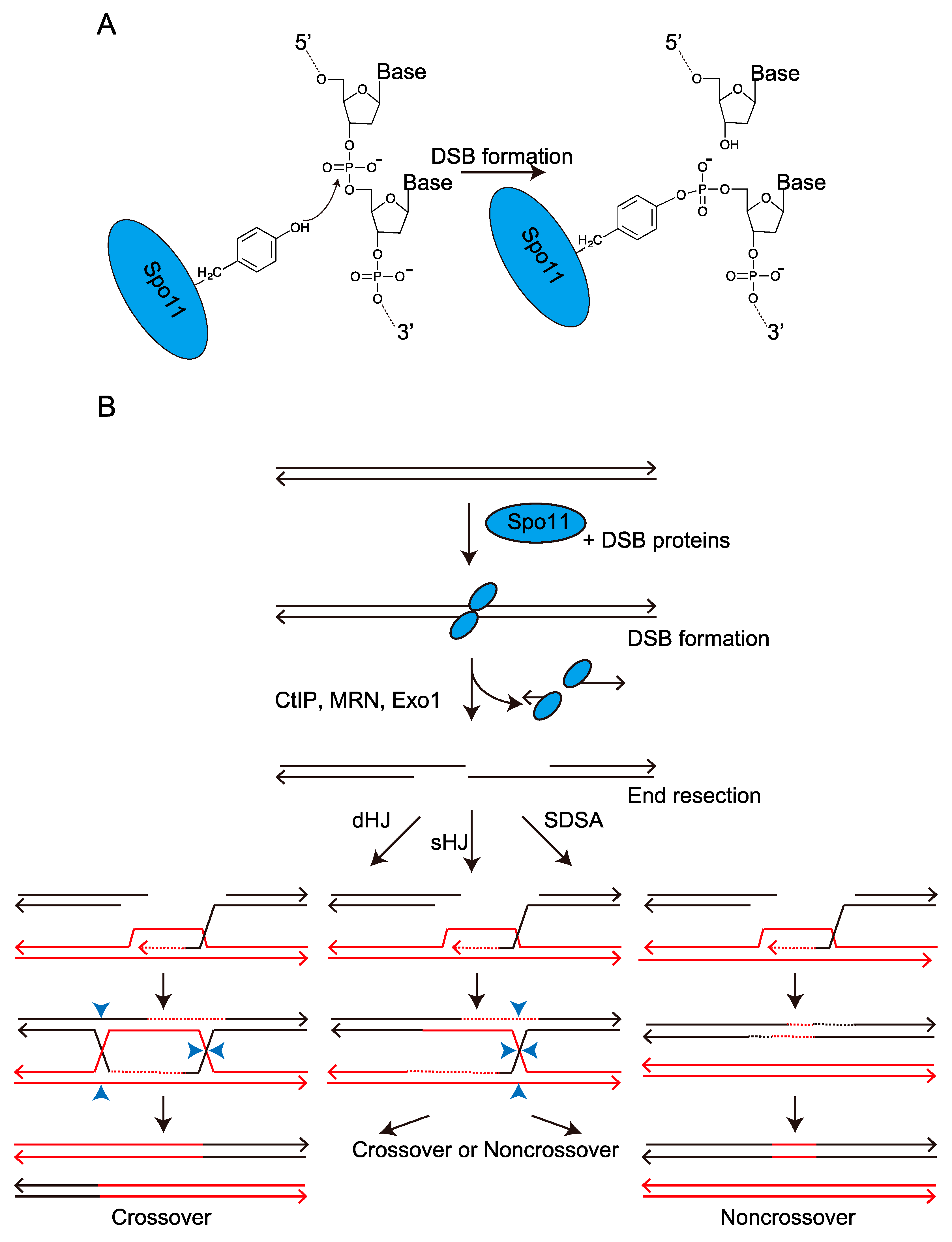resolution mapping of heteroduplex DNA formed during UV Biology Diagrams Organizations such as the National Wildlife Federation and the Audubon Society are dedicated to protecting eagle populations and their food sources. They work with federal and state agencies to promote responsible land management and conservation practices to ensure the availability of food sources for the eagles.

1. Top of the Food Chain: Eagles are at the top of the food chain, which means they have no natural predators. This allows them to maintain a healthy population and control the numbers of smaller animals in their ecosystem. 2. Predators of Small Animals: Eagles primarily feed on small mammals, fish, and other birds. An eagle's place in the food chain depends on the specific species and the ecosystem in which it lives. Some eagles are generalist predators, while others are more specialized. For example, in a marine ecosystem, an eagle might be part of a food chain that includes small fish, larger fish, and birds, with the eagle at the top. Eagles are among this group of predators at the top of the food chain. There have few, if any, natural predators in the wild. This does not mean that eagles are never killed or eaten by other animals, as there are times when even adult eagles are preyed upon by fellow predators.

What eats an eagle in a food chain? Biology Diagrams
Eagles also attack each other over a mate, or over food. But even though these fights can get quite fierce, they'll rarely result in deaths. Instead, the losing eagle will leave before it's harmed too much to be able to move. 7. Vultures. If an eagle does get harmed so much that it's not able to fly, it will drop to the ground. What Do Eagles Eat in the Wild? There are many different species of eagle throughout the world, and all of them are carnivorous. That said, what they eat depends largely on the particular species and the region it lives in. For example, eagles living in desert regions might rely more on reptiles and small rodents, while eagles living near bodies of water may have a diet of mostly fish.

To clarify, these ground predators only attack and eat an eagle when given an easy opportunity to do so. The animals that will eat eagles in the food chain when the chance arises are: Lions; Jaguars; Leopards; Cheetahs; Wolves; Alligators; Crocodiles; Vultures Here are some of the opportunities that these wild animals take advantage of: 1.

The Hunter and the Hunted - whatanimalseat.com Biology Diagrams
Eagle food chains typically consist of larger animals that the eagle preys upon being eaten by smaller carnivores at lower levels in the chain. These lower links in an eagle's food chain often include predators like foxes that hunt for rodents; these animals are then typically consumed by snake species which form part of a complete ecosystem
